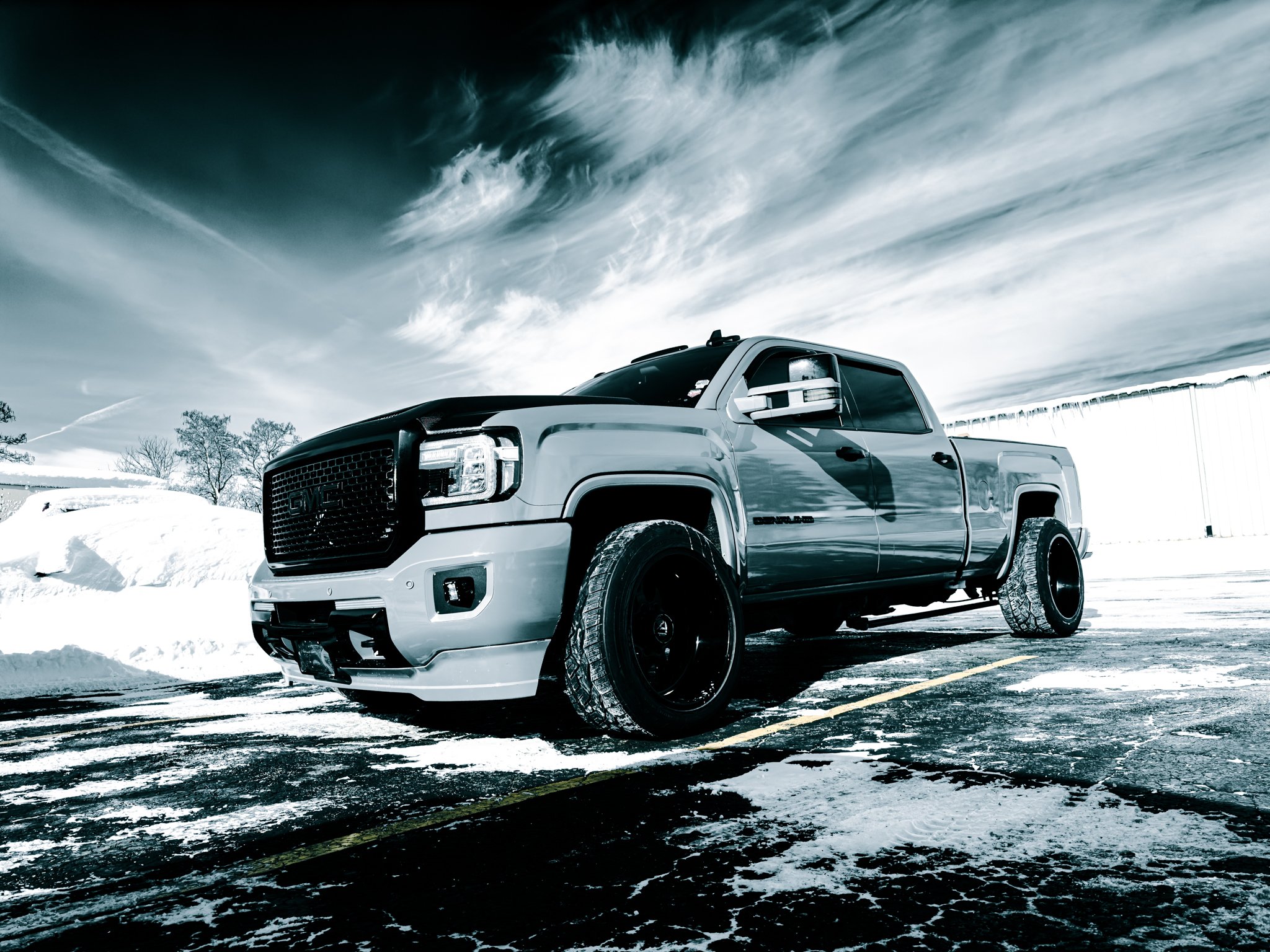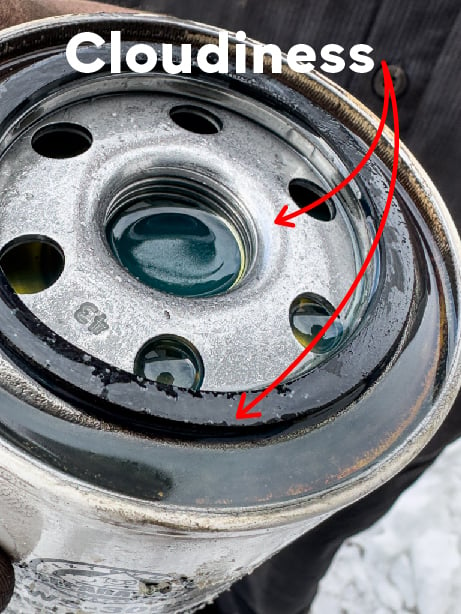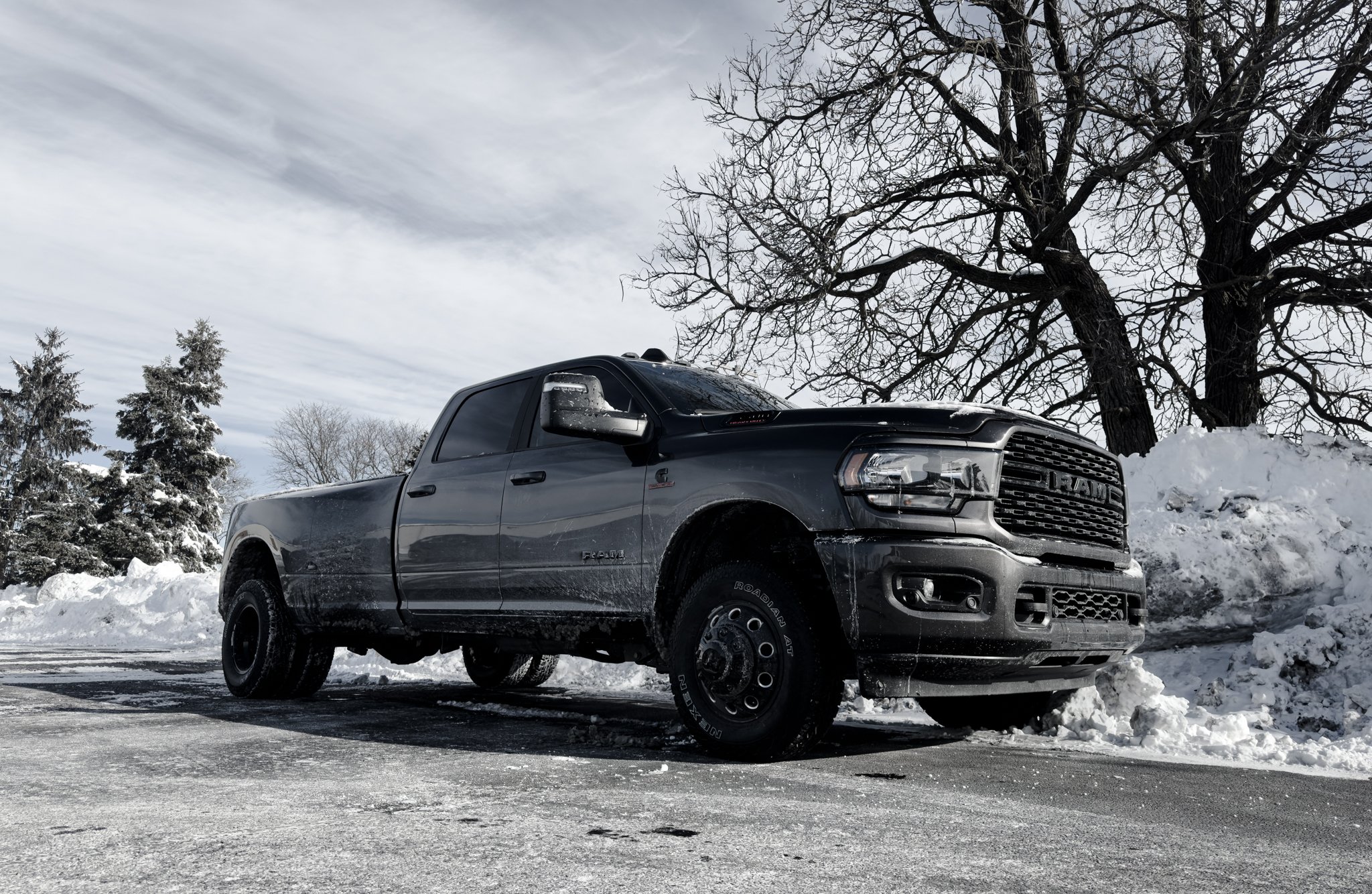As the winter months rolls around us diesel owners get an unexpected bit of stress added to our plate. Diesel fuel gelling is a very common issue most diesel owners who live in areas where the temperature drops below 32 degrees will face at least once in their lives. Not only is this issue frustrating and stressful when it occurs, the mere trauma from past experiences can lead to constant stress during these cold times. No one wants to get out of work in the pitch black freezing cold only to find that their truck won't start at all. But what should you do in the event that your truck won't start or stay running? Luckily we have a step by step guide on how to properly fix this issue once it has occurred.

As a preface, this issue is caused when the paraffin wax used in diesel fuels (for lubricity and proper viscosity) start to solidify. While gelling can take on varying levels of severity from cloudy fuel all the way to a squishy solid mass. Diesel fuel gelling is never a thing you want to expeirince. At its most mild levels it can cause poorer fuel economy, less power, and be pretty hard on your fuel system. At its worst I can clog fuel lines, filters, pumps and even injectors while potentially causing irreversible damage to your fuel system. If you live in a cold climate take precautions by adding anti-gelling agent into your fuel before severely cold temperatures start setting in to avoid all of these issues.
If your non-modified fuel system is gelled up follow these steps:
(For trucks with modified fuel systems, skip to the next section) 
1st. The best place to start is your fuel filter. If your fuel is starting to really gell up you will most likely see it present here. This should also allow you to have a disconnected fuel line which you can use to extract a little more fuel from the tank. If you see signs of gelling on the filter you definitely have a problem. If not this does't mean you're in the clear yet. Try turning the engine over for a second or two with a cup below your disconnected fuel line or filter to catch some of what comes out. If you see any haziness to your fuel it is most likely staring to gell.
2nd. Once to have identified that your fuel is starting to gell or is gelled replace your fuel filter immediately. Even cloudy fuel starting to gell can clog the filter and it may not be visible to your naked eye.
3rd. Once you have replaced your fuel filter you will immediately want to treat your fuel with an "Emergency" Anti-gelling fuel additive. If gelling has progressed to any manner that is affecting engine starting or staying running any regular Anti-gelling fuel additive will not be enough.
4th. Now it's time to prime the fuel system. This is an often overlooked step however, it is very important if you don't want any other issues to arise. Also remember to do this after you have added your emergency anti-gelling additive so it has the chance of reaching other parts of your fuel system right away.
5th. In the case of our 2016 Chevy Silverado with a 6.6L Duramax engine this process consisted of pumping the bulb on the fuel filter a series of 10-12 times and then cracking the bleeder screw on the top of the filter to bleed off the air in the system before signing it down again. We recommend repeating this process 3-4 times in order to ensure a fully bled system. Once you feel like the system bled pump the bulb on the filter up another 5-6 times or until the bulb gets hard to push. Now try starting the truck. If your vehicle is starts and then dies you may need to go through the process again. If your truck is not starting at all you likely still have gelled fuel in your system or another issue!
If your truck has an after market lift pump (FASS or AirDog) follow these steps:
1. Replace factory fuel filter (if you still have one on the truck) and replace both Fass lift pump filters.
2. Turn ignition on but do not start the truck.
3. Listen to make sure your Fass is running. (If you don’t hear your Fass running follow the next section (Fass
isn’t turning on) before continuing with step 4 of this section.
4. If your Fass is turning on and you can hear it running, loosen up the front filter on the Fass and wait for
the pump tone to change. It will start as a high-pitched tone and then change to a low-pitched tone.
5. Once you hear the tone change, quickly tighten the filter down so fuel doesn’t spray everywhere.
6. The tone change indicates the lift pump has primed.
7. Let the lift pump run for a few minutes with the ignition still in the on position to push out any air in the
fuel system.
8. Attempt to start engine.
9. If engine starts then dies, repeat step 7 again for a few minutes and attempt to start truck again.
10. If truck still has a problem starting repeat steps 2-8.

If you have an aftermarket lift pump such as a Fass or Air Dog and your pump will not turn on, follow these steps:
1. There are 2 fuses to check on a FASS lift pump wiring. The first fuse to check is in the Fass Fuel Pump wiring that gets power from the truck’s battery or
constant power supply. If this fuse is blown, (Most common fuse to blow when a FASS pump is gelled up) replace fuse and check to see if lift pump
turns on.
2. If lift pump still doesn’t turn on check the second fuse which is located underneath the fuse block in engine bay. This fuse is attached to a fuse tap/add a fuse adapter. Check to make sure this fuse isn’t blown and replace if it is.
3. Check and see if the Fass lift pump turns on.
4. If your lift pump still doesn’t turn on there are 3 more possibilities -
• The relay in the Fass harness could be dead
• There could be a broken connection in the wiring
• Or the pump is bad. At which point the truck should be taken to a shop for diagnoses and or repair.
FASS Fuel Pump Users Manual

Remember once you get fuel flowing again don't forget to pick up a bottle of anti-gelling additive and make sure you add some every time you fill up your truck. Preventing this issue from occurring is a lot cheep and less of a hassle than dealing with a completely gelled fuel system. If this article did not get your vehicle up and running again we highly recommend getting your vehicle towed to a shop for further diagnosis.
Good luck out there this winter!




